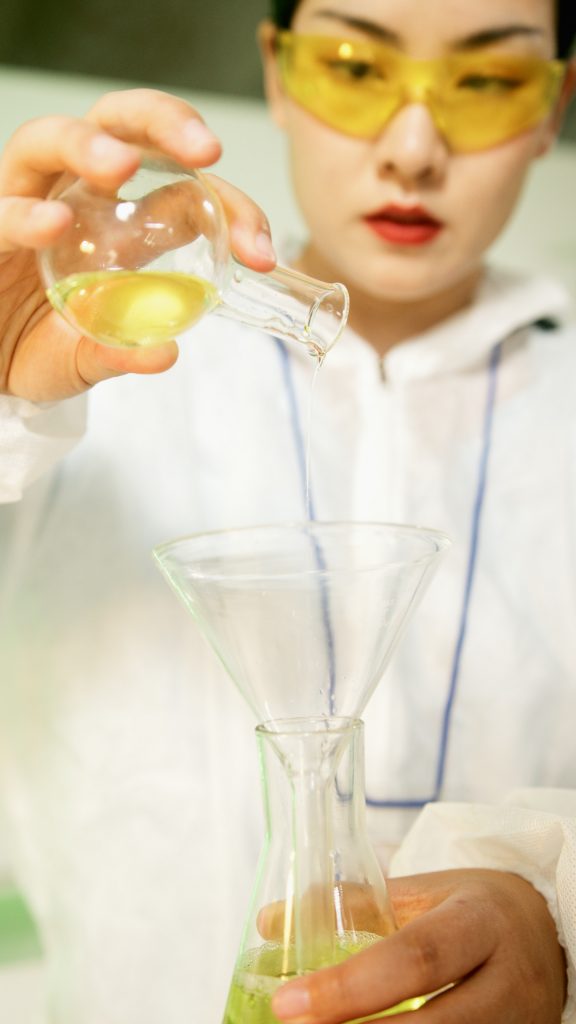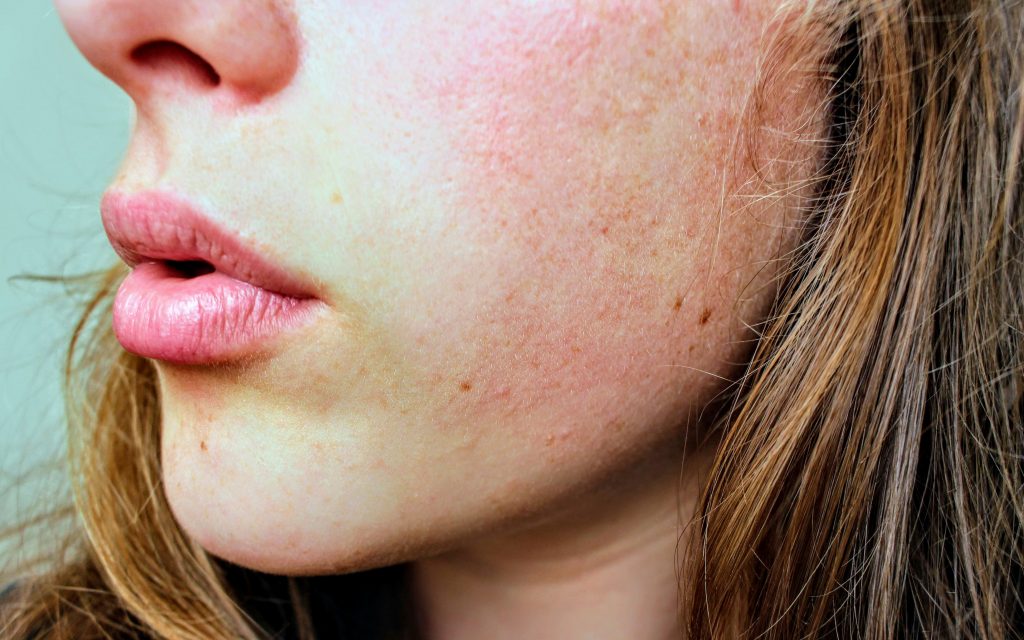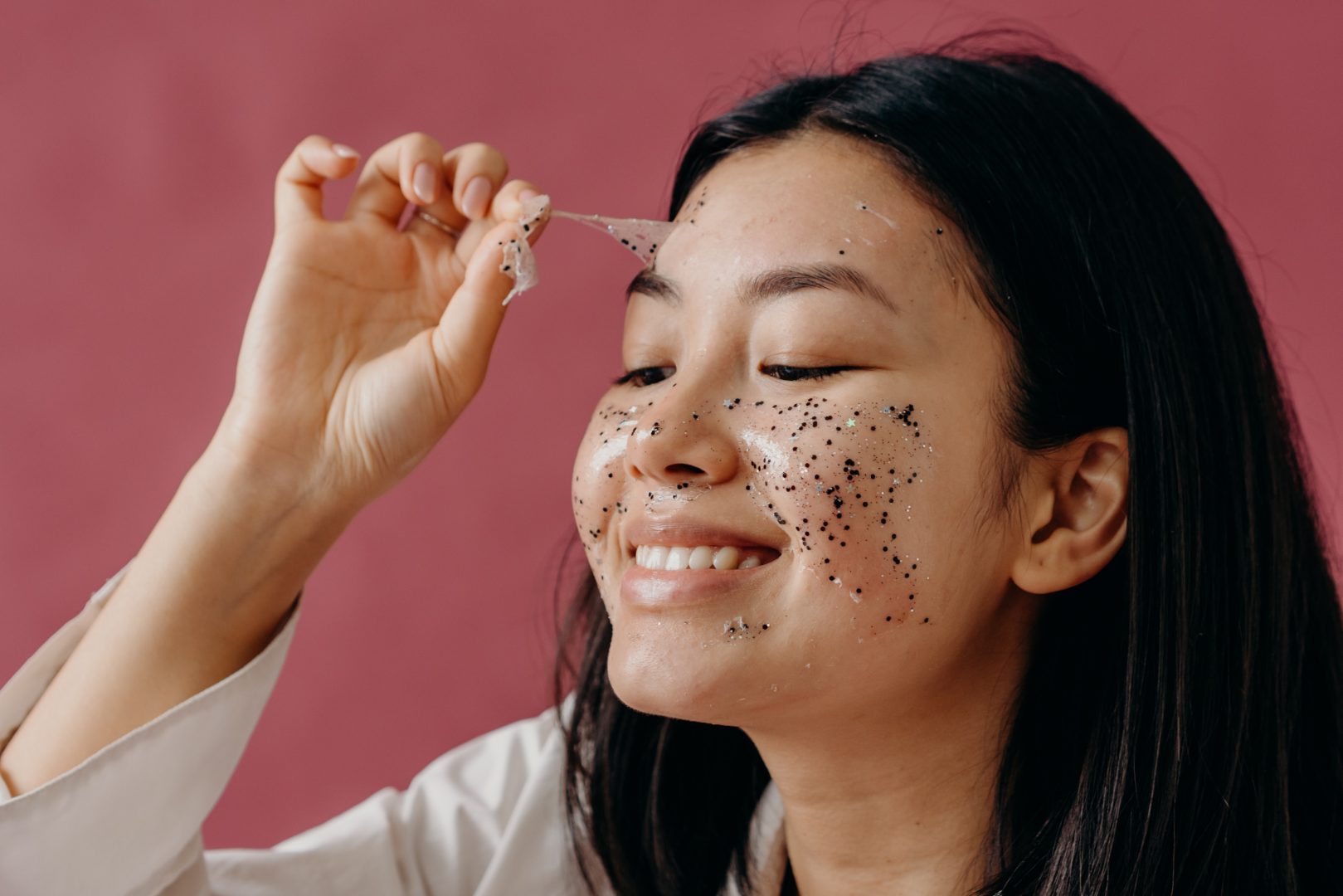If you’re like most women who enjoy skincare routines daily, you might be always looking for new ways to improve the appearance of your skin. You might have heard about chemical exfoliation and are wondering if it’s a good option for you. Unfortunately, this is a topic that generates a lot of controversies. From ingredients to the actual process, there are pros and cons.
Some experts say that chemical exfoliation is highly beneficial, while others claim it can cause more damage than good. So, what’s the truth? Read on to find out!
What is Chemical Exfoliation?
Chemical exfoliation is a method of exfoliating the skin by using a chemical agent applied to the surface of the skin to remove dead cells and debris. It uses alpha hydroxy acids (AHAs), beta hydroxy acids (BHAs), or enzymes to strip away dead skin cells from the skin’s surface. And it works in one of two ways: it kills off skin cells with acid or dissolves them with enzymes that include papain (found naturally in papayas) and bromelain (derived from pineapple stems).
Many people think that chemical exfoliation is a form of physical exfoliation. However, chemical exfoliation is a chemical peeling that uses acids to exfoliate the skin chemically.
And it is often used in conjunction with physical exfoliation to create a two-step process of smoothing and resurfacing your skin. Chemical peeling can also be used alone and mixed with other skincare products such as moisturizers or toners.
The most common skincare ingredients used for chemical exfoliation are glycolic acid, salicylic acid, lactic acid, mandelic acid, and glycolic/salicylic acid combinations. And there are two types of chemical peels: superficial and deep penetration. Superficial peels penetrate only the uppermost layers of your skin, while deep penetration peels penetrate deeper into the layers below your epidermis.

What Makes Chemical Exfoliation Become a Disaster?
People use chemical exfoliation for various reasons: to improve their complexion, reduce fine lines and wrinkles and even treat acne. The most common chemical exfoliation treatments are face scrubs, glycolic acid peels, salicylic acid peels, and lactic acid peels.
The problem is that many people who get chemical exfoliation end up with scars or severe allergic reactions – not the results they were hoping for when they went for the treatment.
Here are some reasons why chemical exfoliation fails on others:
Sensitive Skin
Some people are allergic to the acid used in chemical exfoliation. The most common culprits are glycolic acid and salicylic acid.
So, if you have a chemical peel, ask your doctor if you’re allergic to salicylic acid or glycolic acid before getting one done. If you are, don’t risk it!

Your skin may tolerate other acids, but these two are commonly used, so there’s a good chance it won’t work out for you. Also, ask about other possible allergens such as lactic or malic acids, alcohols (ethanol and denatured), or formaldehyde-releasing agents (FRAs). If you doubt what’s being applied to your face, ask questions until you’re sure it’s safe for you.
A skilled technician doesn’t know how much product to use on each patient’s skin type. A few people can handle more products than others without experiencing irritation (like redness and swelling). And some people can only tolerate tiny amounts of development before they start seeing redness or flaking. This is why it’s essential to be honest about your skin type with your esthetician before applying any products to your face.
Unprotected sun exposure afterward
After exfoliating, you may think your skin is protected from UV rays for up to 24 hours after the treatment – but this isn’t true! Your skin could still be vulnerable to harmful rays since many formulas don’t contain sunscreen ingredients (or enough of them) that protect against UVA/UVB rays. If you want to make sure that your skin is safe from sun damage, you’ll want to apply a broad-spectrum sunscreen with an SPF of 30 or higher every day.
Don’t use products containing AHAs and BHAs together
Overdoing it on AHA and BHA products can cause mild burns, swelling, redness, dryness, and irritation. If you’re using one with another, it’s best to use them at different times during the day – perhaps morning and night – so they don’t come into contact with one another. It’s also important to wear sunscreen when using these products because both AHAs and BHAs make skin more susceptible to sun damage.
Who is Suitable for Chemical Exfoliation?
Since a chemical peel removes the outermost layer of dead skin cells and stimulates the growth of new ones, it’s best suited for people with dry or sun-damaged skin that isn’t responding to other treatments like retinoids (vitamin A).
Chemical peels can be used on all skin types, but they’re most effective when treating people with fair skin prone to sun damage. Darker-skinned people tend to have thicker layers of dead skin, making it harder to see results from chemical peels.
Chemical peels may also benefit anyone with acne scarring and deep wrinkles.
Moreover, chemical peels aren’t recommended if you’re pregnant or breastfeeding, have uncontrolled diabetes, take certain prescription medications or take hormone replacement therapy.
Most importantly, chemical peels are performed in a dermatologist’s office by an experienced doctor who will assess your suitability based on your skin type and medical history. The doctor will then provide aftercare advice following your treatment session to get the best results possible from your chemical peel treatment.

Things Need to Bury in Mind When Using Chemical Exfoliation.
Don’t Use it more than Twice a Week
Chemical exfoliants are designed to help remove dead skin cells from your face, which means they will also remove healthy ones if used too often, resulting in moderate to severe allergic reactions and even acne breakouts. Therefore, only use these products once or twice weekly.
Use it at Night
When using a chemical exfoliant at night, there is less risk of irritation since your pores aren’t open as much. You’ll also be able to see results quicker, as the enzymes are working with your body’s natural process for renewal during sleep.
Use a Moisturizer
If you’re using a chemical exfoliant, use a moisturizer afterward to lock in moisture and prevent dryness. Some people recommend using hyaluronic acid or glycerin-based moisturizers after using chemical exfoliants. However, others say they should be avoided because they can interfere with the acids’ effectiveness.
No Consent from a Dermatologist
Exfoliating products can indeed be done at home with over-the-counter skincare products. However, because of the risks of the ingredients, it’s best to consult your dermatologist before using any chemical exfoliants.
Conclusion
So, is a chemical exfoliation a lifesaver or a spoiler?
Well, it can be a lifesaver and a spoiler for different users. And it also all depends on your skin type and what you use the chemical exfoliator for. Therefore, be sure to do your research, read reviews, and test products before diving in head first. If you have any questions or concerns, talk to an expert who can help guide you to the best product for your needs.
Have you tried chemical exfoliation before? If so, what were your results? Let us know in the comments below.
Voibon Tips
- Sensitive skin is one reason chemical exfoliation may not work well for someone.
- Make sure you apply sunscreen daily when using a chemical exfoliant, or you could end up with more sun damage.
- Chemical exfoliation is not suitable for everyone.






